Given some of the difficulties we seem to have in mapping our own planet, it’s a surprise that we are even able to make maps of other planets in the Solar System. But planetary cartography is a vibrant and thriving activity for many scientists and map-makers. The maps derived from telescopic survey or from radar, ground rovers, deep space craft and satellites gives the planetary cartographer data from which to make their maps. Such maps are normally of the topography or geology.
Venus is the closest planet to Earth but it’s still 162 million miles away. Put another way it’s about the same distance as 50,000 journeys from London to New York.. It’s amazing we can even make a map but not only that, they are beautiful.
Because the maps are predominantly dealing with geology and surface characterisitcs the maps tend to take on the style of a typically earthly geologic map yet the colours vary. they are richer, more saturated and – perhaps a little more un-earthly! Many maps of other planets are simply beautiful abstract works of art. This example is of the northern hemisphere of Venus by USGS using data predominantly from the Russian Venera 15 and 16 orbiters. Colours correspond to discrete features like volcanoes (reds/pinks) and plains (yellows/greens).
Artistic cartography but some of the most scientifically derived. Large versions of this map can be seen on the USGS web site here. Many more can be seen on the Lunar and Planetary Institute web site here.

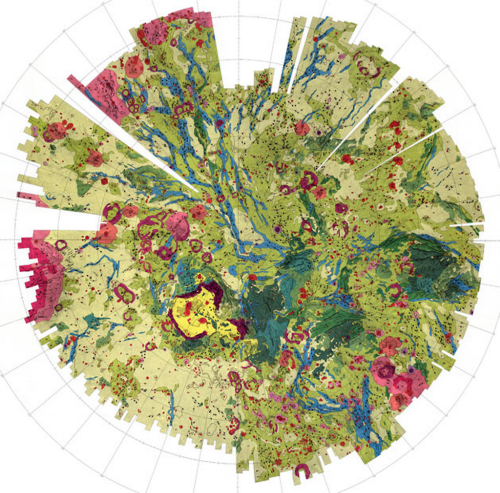
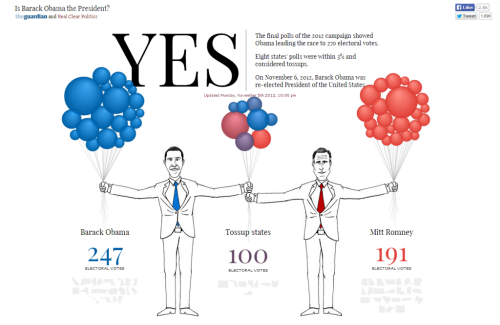

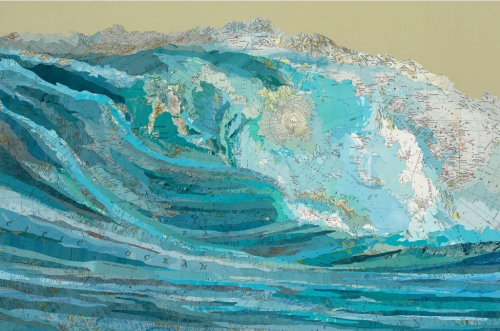
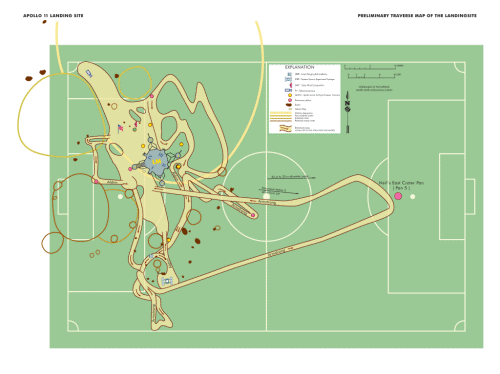
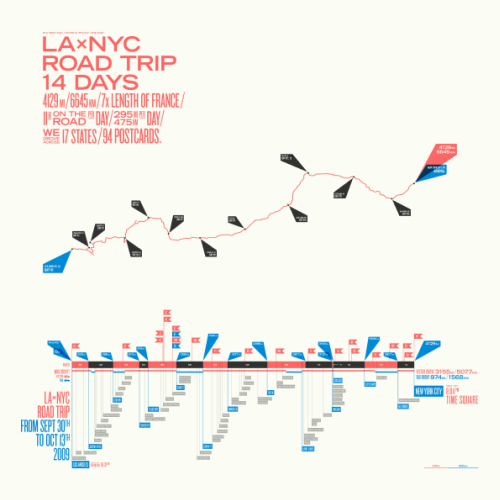
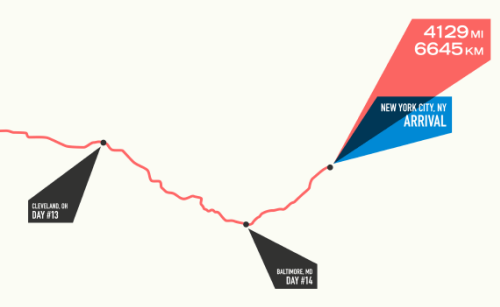
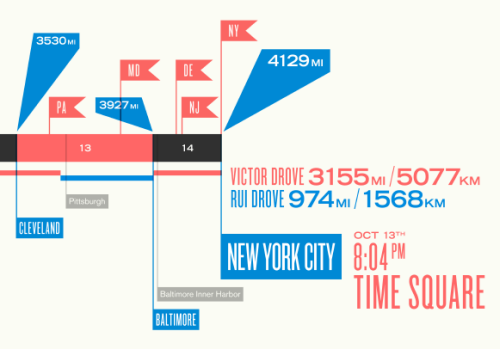
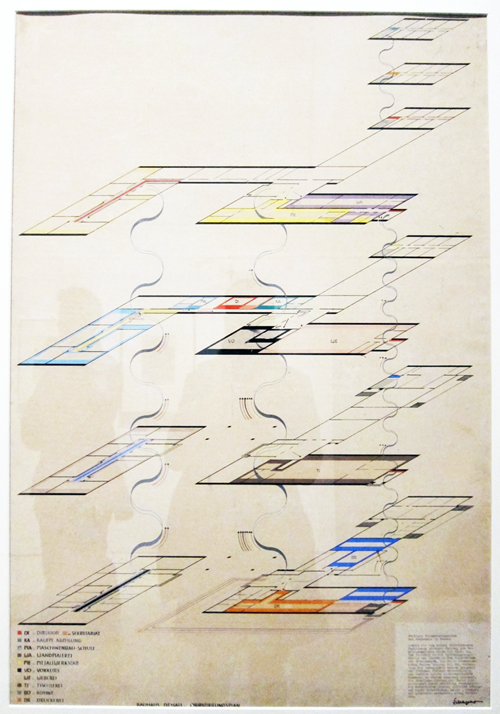
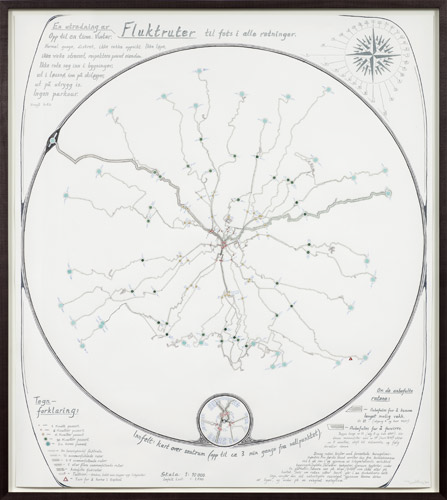
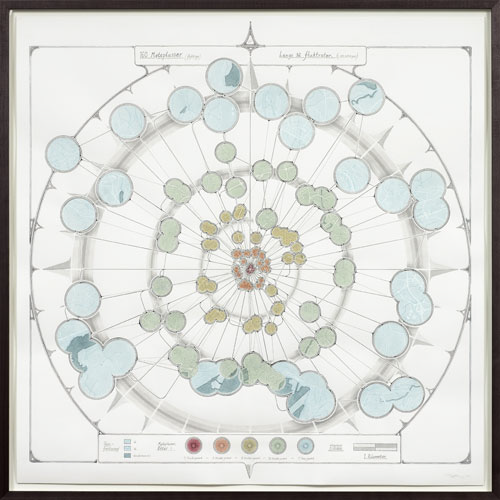
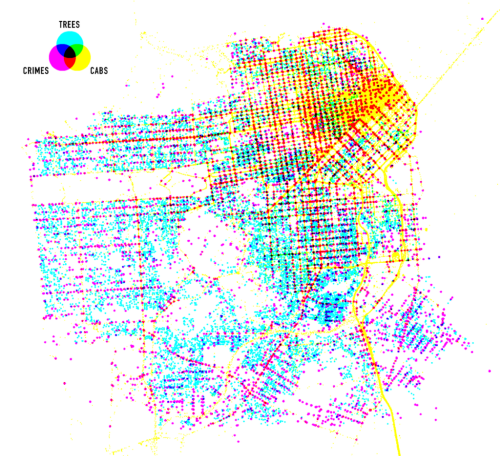
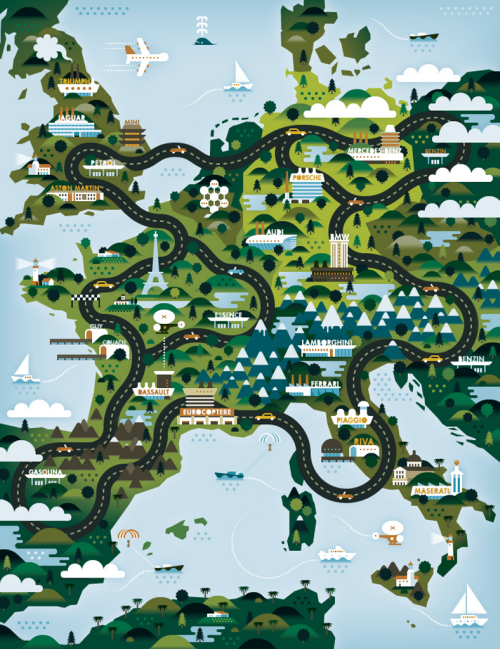

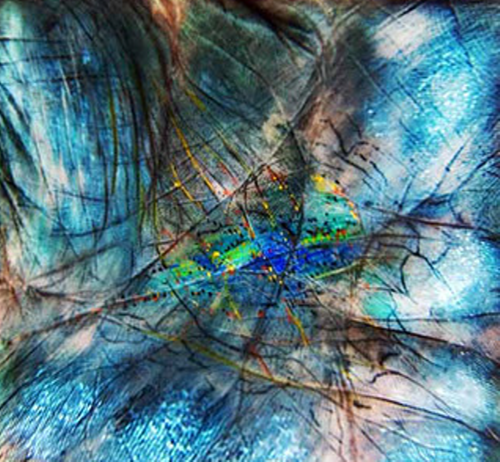 Knowing many of the individuals, the art does in fact do a good job of reflecting character. The descriptions make sense if you know a little of the background of the people and go a long way to explaining different cartographer’s take on…cartography. The way we make maps is a function of many things but there’s something very personal we all put into our maps…they reflect our own artistic and aesthetic abilities whether subconsciously or not.
Knowing many of the individuals, the art does in fact do a good job of reflecting character. The descriptions make sense if you know a little of the background of the people and go a long way to explaining different cartographer’s take on…cartography. The way we make maps is a function of many things but there’s something very personal we all put into our maps…they reflect our own artistic and aesthetic abilities whether subconsciously or not.